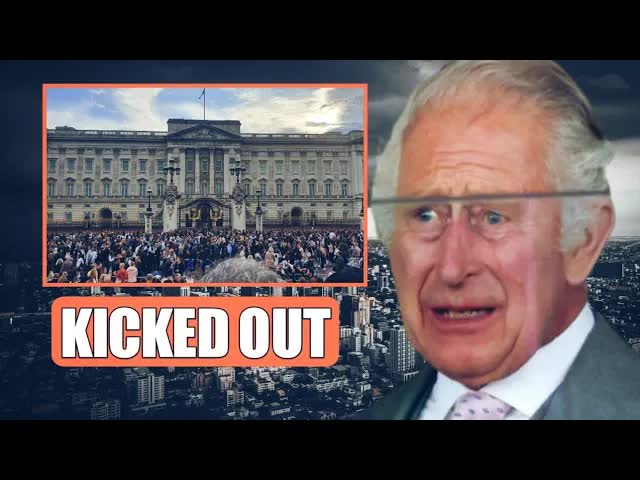Buckingham Palace, the iconic residence of the British monarch, has long failed to captivate the hearts of the Royal Family.
Despite its historical significance as the official dwelling since 1837, the regal occupants have not found comfort within its majestic walls.
Renowned royal author, Hugo Vickers, has shed light on this phenomenon, portraying the London Palace as lacking in familial warmth.
Instead, it stands as a cold and impersonal amalgamation of state chambers, administrative spaces, and hotel-like sleeping quarters.
Vickers further delves into the dynamics within the palace, revealing that the royals, often confined to their separate domains, remain oblivious to the presence of their own family members within the vast expanse of Buckingham Palace.
During times of vacancy, the atmosphere adopts an eerie resemblance to a deserted preparatory school during the holiday season.
Originally built as a luxurious townhouse for the Duke of Buckingham in 1703, the property transitioned into the possession of King George III in 1761.
It was subsequently transformed into a private sanctuary for Queen Charlotte, earning the moniker of the Queen’s House.
Over the course of the 19th century, the palace underwent expansions, eventually becoming the primary London residence for the reigning monarch during Queen Victoria’s reign in 1837.
However, Queen Victoria herself discovered greater solace in other abodes such as Osborne on the Isle of Wight, Balmoral, or Windsor.
Subsequent monarchs, including Edward VII and George V, were drawn to the allure of Sandringham, while George VI sought refuge in Windsor.
Consequently, Buckingham Palace became a mere backdrop for official duties, elaborate gatherings, and formal events.
In the era of Queen Elizabeth II, the palace remained her principal residence.
Nonetheless, she found joy and tranquility in the enchanting realms of Windsor and Balmoral, choosing not to spend a single night within the palace walls in her later years.
Vickers predicts that King Charles will continue the tradition by primarily residing in Clarence House, a splendid country estate nestled within the heart of bustling London, using Buckingham Palace solely for ceremonial functions and grand events.
The original interior designs of Buckingham Palace, dating back to the early 19th century, still stand as a testament to their magnificence.
These designs showcase the vibrant hues of Scaliola, a technique emulating the grandeur of marble, adorned with touches of blue and pink lapis, all under the guidance of Charles Long.
During the reign of King Edward VII, the palace underwent a partial makeover, embracing the Belle Époque era with a lavish cream and gold color palette.
The palace’s vast expanse houses an impressive 775 rooms, with its verdant garden serving as the largest private oasis in bustling London.
The state rooms, designated for official and regal functions, graciously open to the public annually during the enchanting months of August and September, along with select days in winter and spring.
As the legacy of Buckingham Palace endures, it stands as a symbol of regal heritage and grandeur, a place where history and tradition intertwine amidst the modern world.
